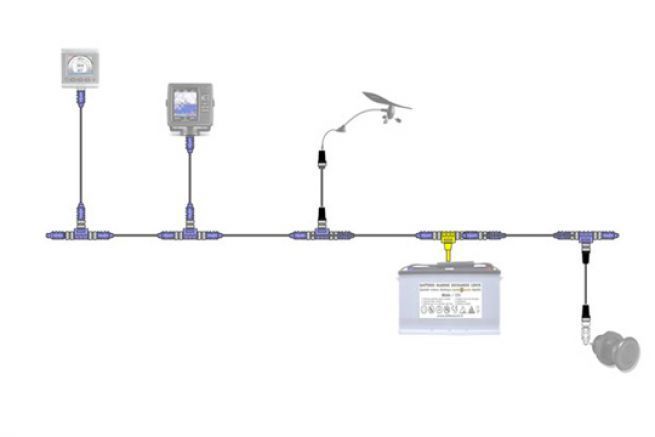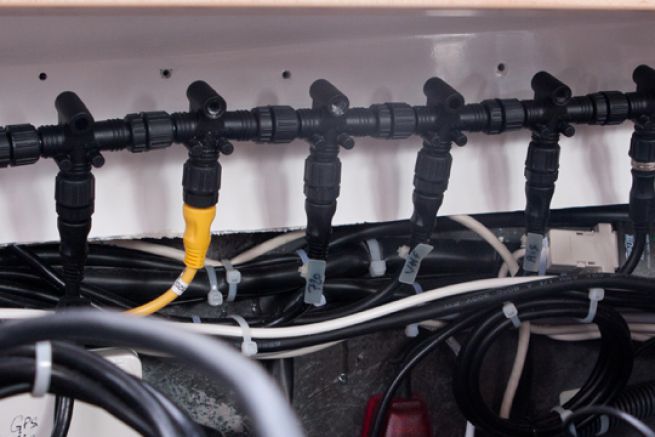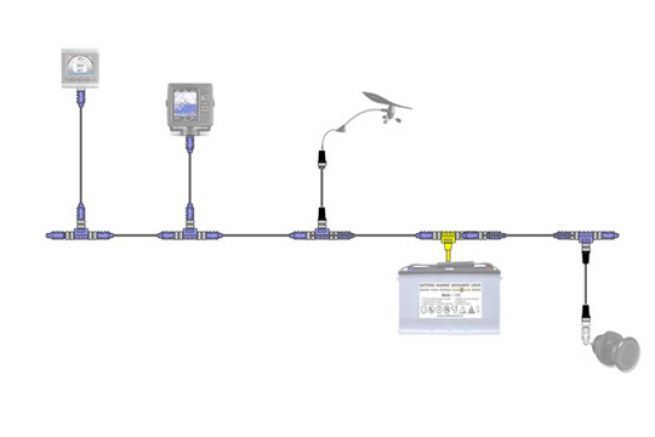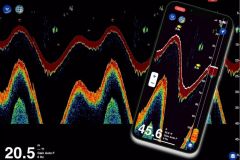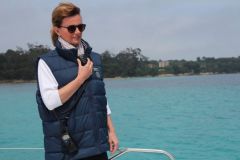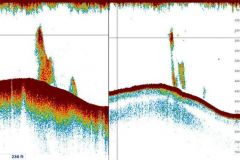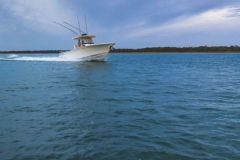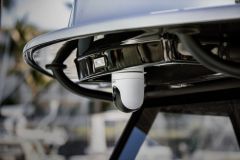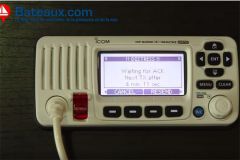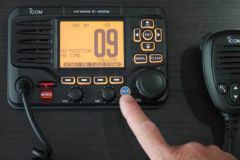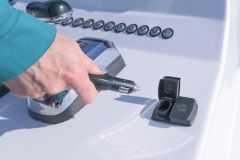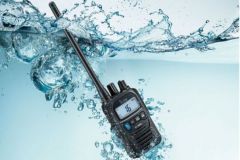A little theory to make its NMEA 2000 network operational. Because you can't do just anything in NMEA 2000. A poorly designed network, and it's the data that no longer circulates, the devices that display fantasies, and the sailor who complains about the damn technology!
To successfully assemble it, there are a few main principles to follow, here are the 5 main ones.
1 - The backbone must not exceed 250 m
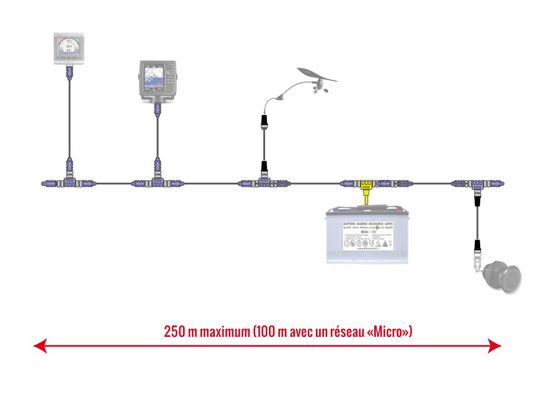
There we are quiet, because even if you make him take turns and detours, you need a Mega Yacht class boat to get there. So no worries for us "simple boaters".
The NMEA standard has defined 3 cable sizes (corresponding to 3 socket sizes):
- The Mid (or medium). That's the biggest one. It can withstand a current of 8 amperes and therefore run 250 m. It is found on large installations.
- The Mouth. It is the one we will use, the most common in pleasure boating and the most accessible. It supports a current of 4 amperes, but cannot constitute a network of more than 100 m.
- The Mini. It is as efficient as the MID (supports 8 amps and 250 m of backbone) but it is also much more expensive..
2 - Maximum 50 nodes (or 50 devices)
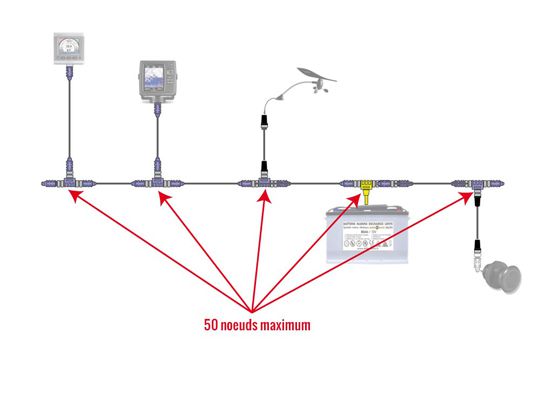
It is not possible to install more than 50 devices per backbone. If you want more it is possible, but you will have to build a new central ridge.
But do the math: 50 screens, or various probes or sensors, that's already a lot. If you connect 10 at the beginning, you will already be strong. So this limit doesn't matter in boating.
3 - Each branch must be less than 6 m long
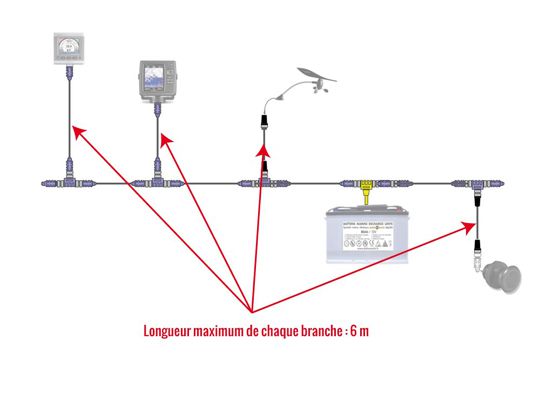
This is a specification that bothers us a little. Indeed, we can imagine the backbone running in the bottom of the boat and going from the bow to the transom. Connected in the middle, T's for each sensor or display.
That's the ideal. This works on a small fishing trip for example, but how to install the windvane at the top of a sailboat's mast if the cable must be less than 6 m long?
There is only one solution: run the backbone up the mast.
4 - Do not forget the terminations
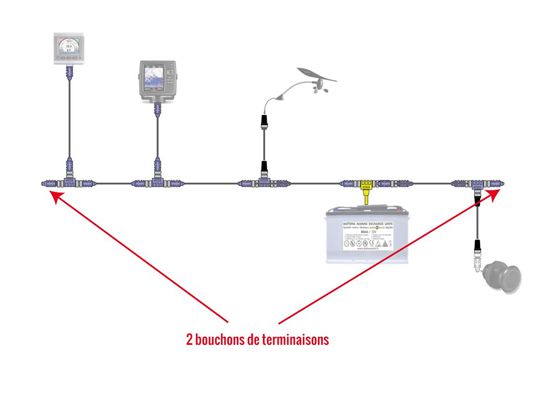
At each end of the backbone, it must be equipped with termination plugs. These are resistors that close the network. The plug should be chosen according to the available plug (male or female).
5 - Connect the network at a single point to ground
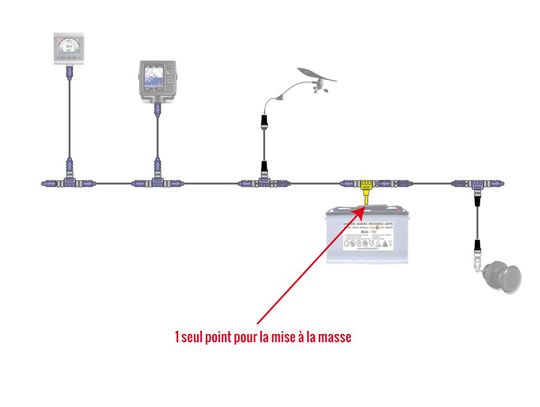
To operate, the NMEA 2000 must be connected to ground. In a single single point (and not as soon as you meet a ground wire...). This wire is connected to the motor or a keel bolt on a sailing boat.
For this purpose, the ground cable that comes out with the 12 V power supply is used. Repeating several ground points can create loops and cause communication problems on the network.
